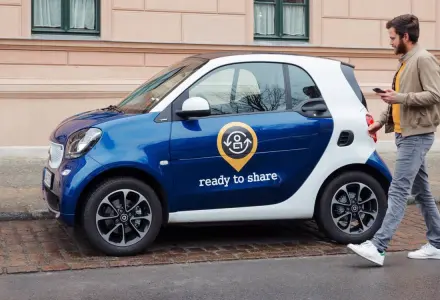How does the control of the car state pass in carsharing
- CatCar
- How does the control of the car state pass in carsharing

Carsharing is a service based more on trust between the company and the consumer than on a strict postulate of the rules that both sides of the contract must observe. For this reason, almost all operations are performed remotely when renting a car. And most of the responsibility lies with the client. Before you get behind the wheel and start a car, the driver must inspect the car independently and in the application note the presence of any detected defects, malfunctions or dents. Only after they have indicated these things, you can begin to move. Otherwise, the responsibility for the detected malfunction after use of the vehicle will lie exactly on the shoulders of the motorist, who operated the car. Also the client can specify a condition of the fuel tank in the remarks. But it isn't obligatory as these data are visible also to the operator. The special attention is deserved by the conditions of the end of rent assuming performance of a number of actions from the tenant. If the client wishes to hand over the vehicle and to pay for
rent a car, then it is required to him:
- Put the car on parking brake;
- The transmission should be on the “P” position;
- Turn off the headlights;
- Take a photo of the car and send the image to admin pf the service.
Failure to do any of the foregoing actions doesn't give you the right to complete the lease, and, therefore, the bill in the system will grow. It is also noteworthy that all the detailed data on the state of the car, its location, fuel level in the tank and other parameters are visible to the operator of the company in real time. The monitoring system is based on advanced GPS / GSM-trackers, which allow to quickly identify serious malfunctions in a vehicle and take it out of service, without creating a danger, both for the client and for other participants in the traffic.

